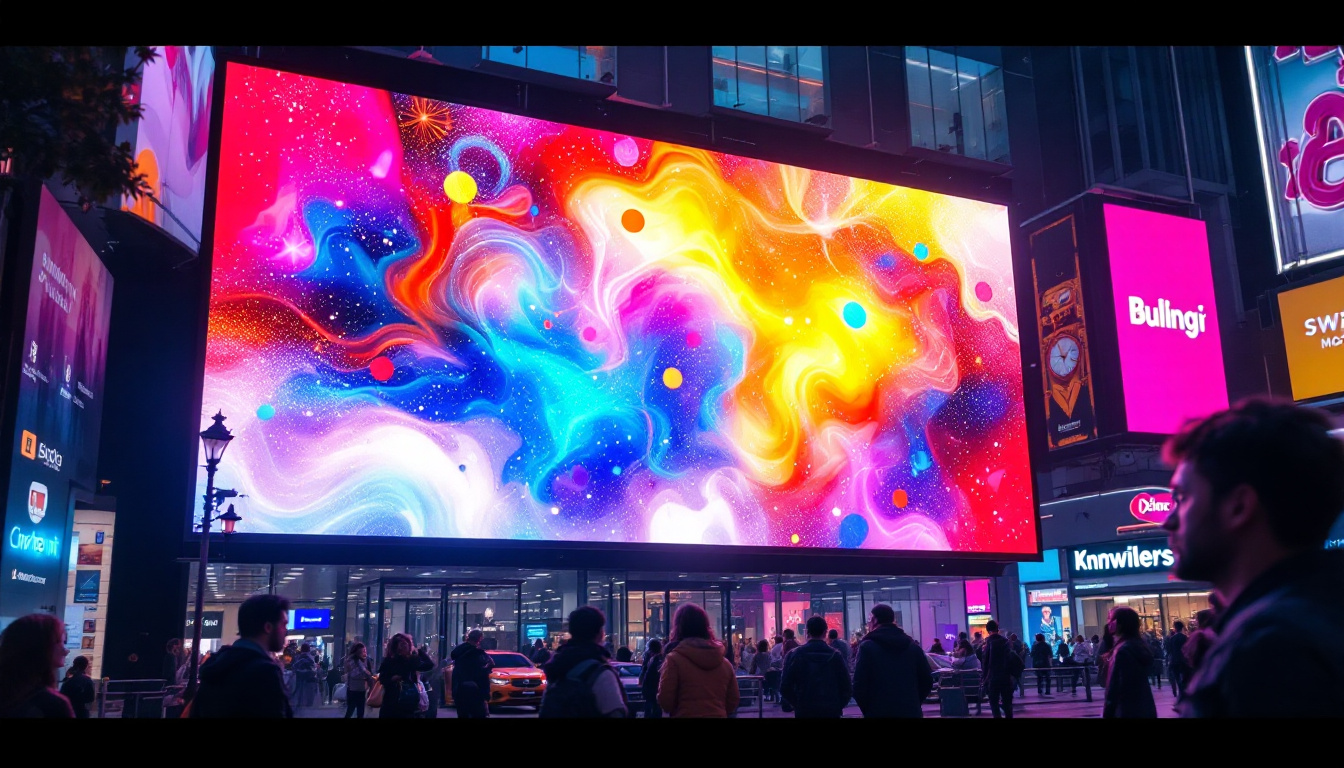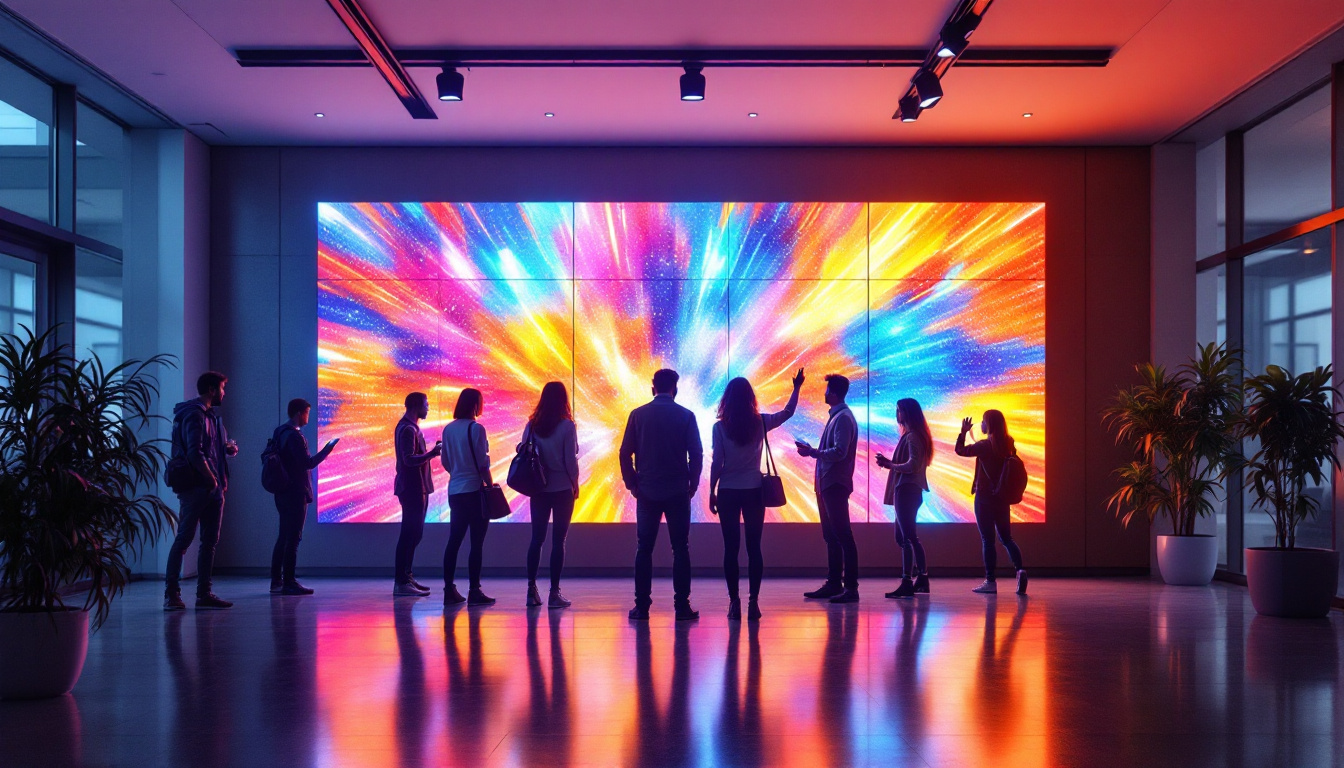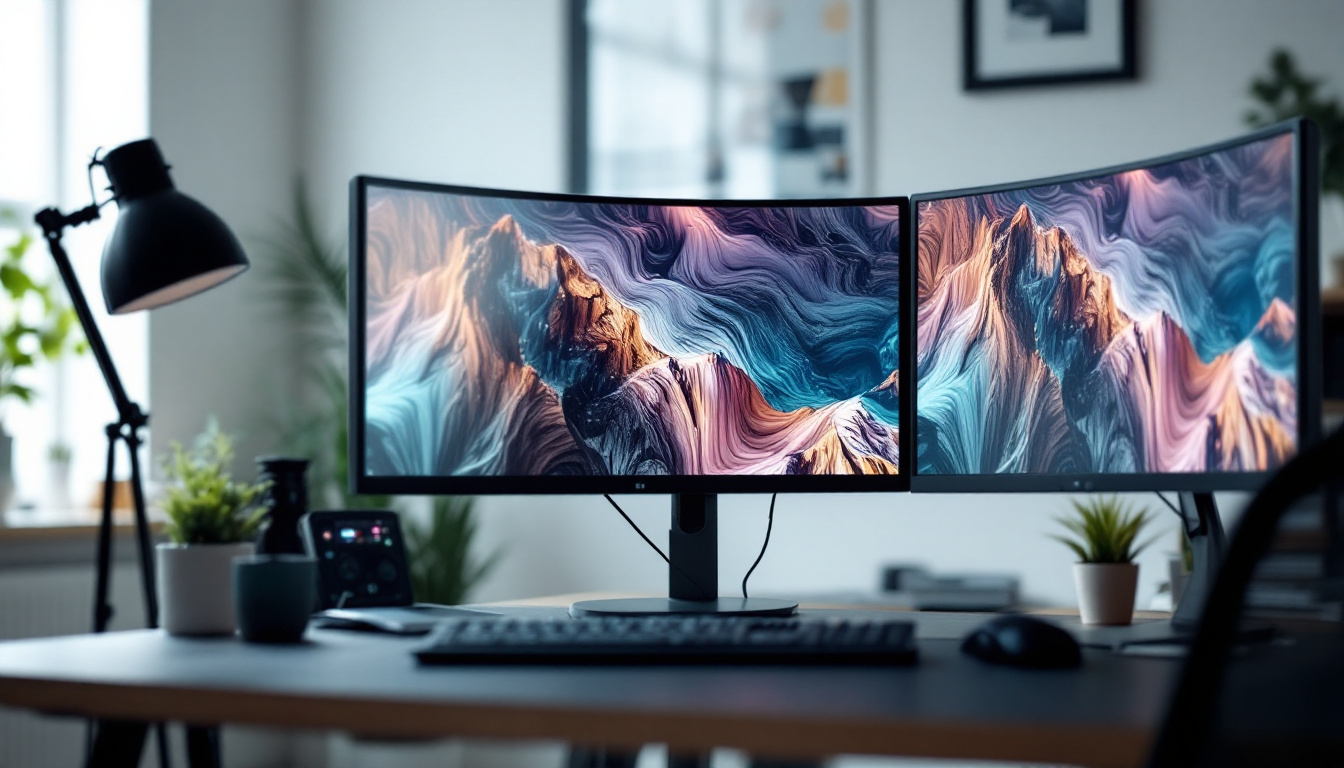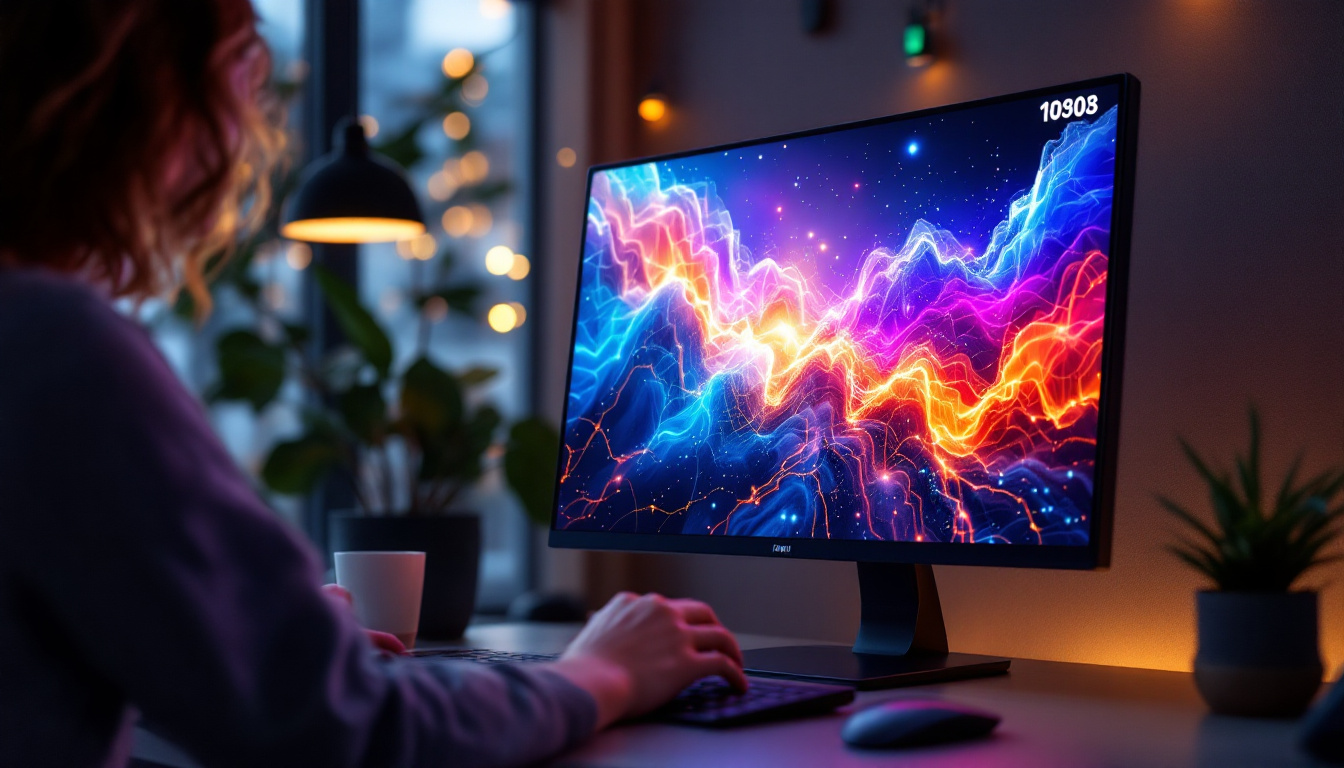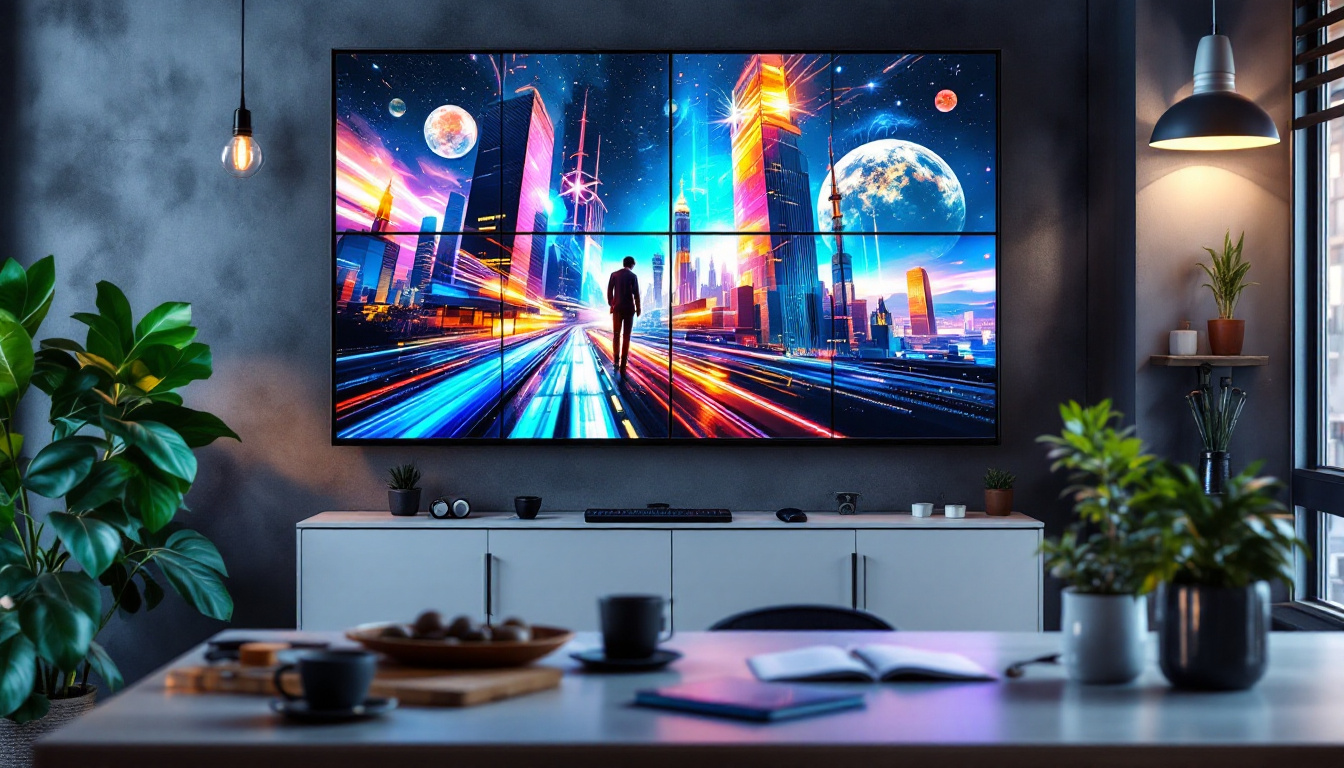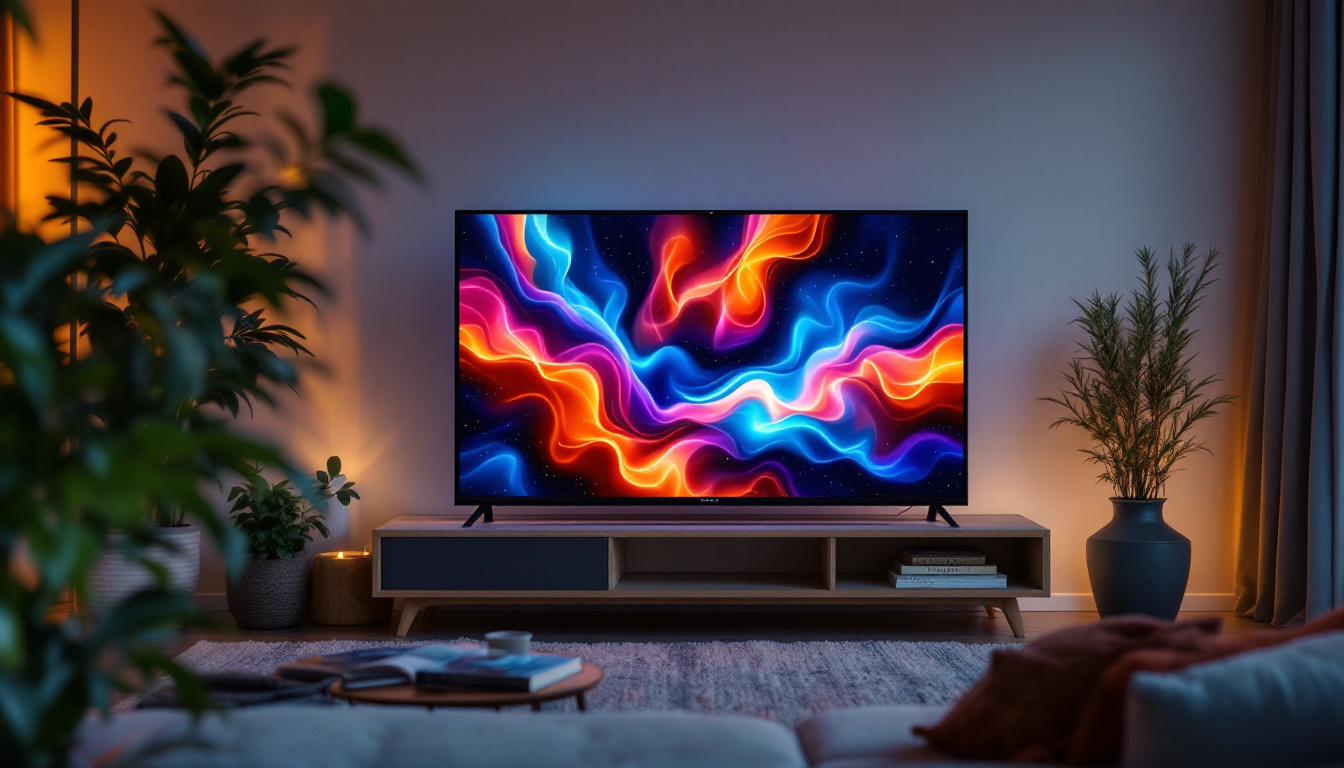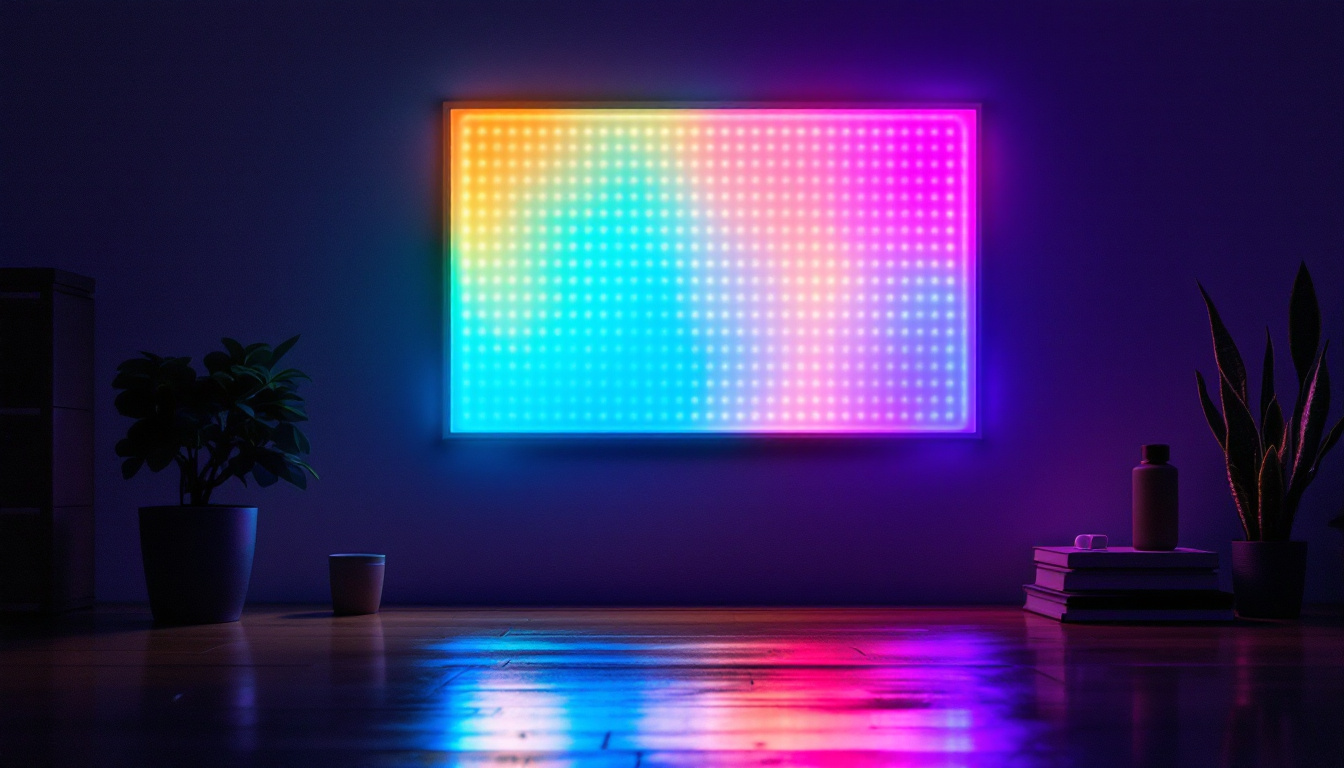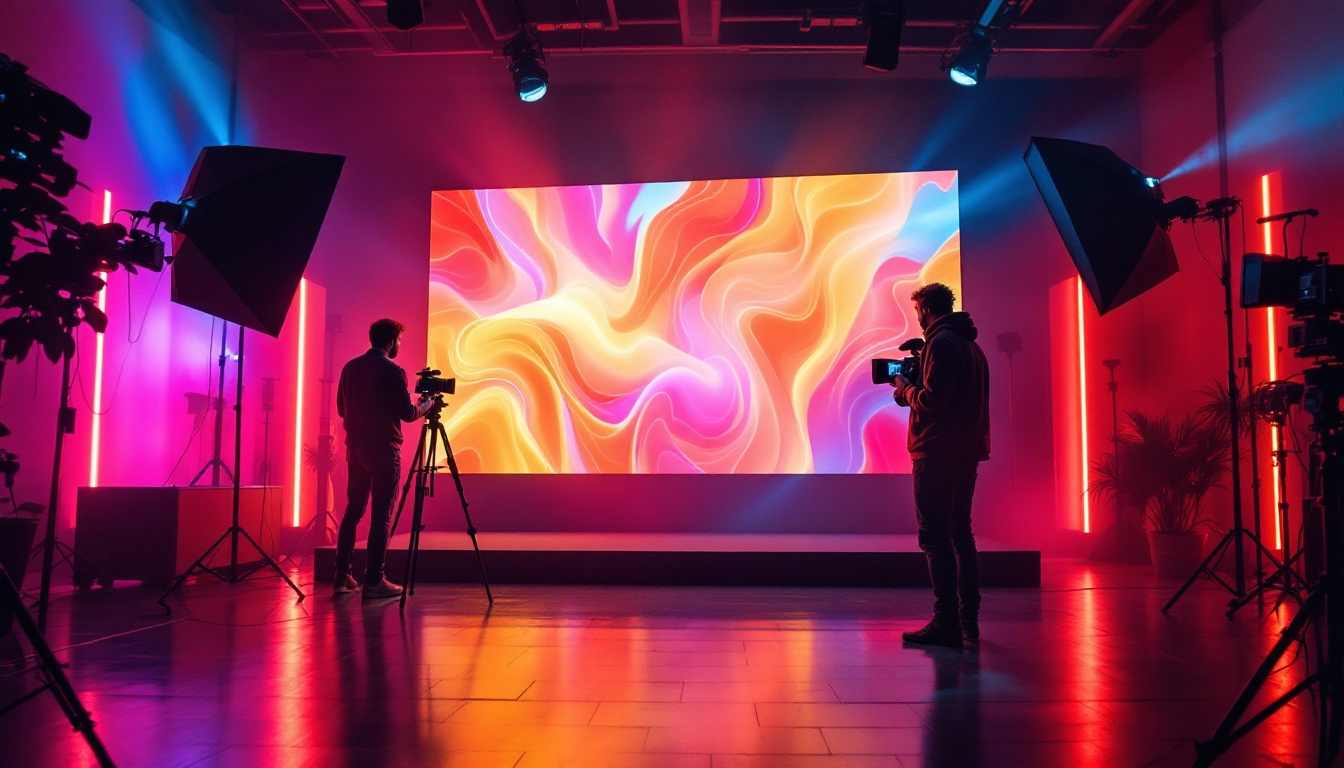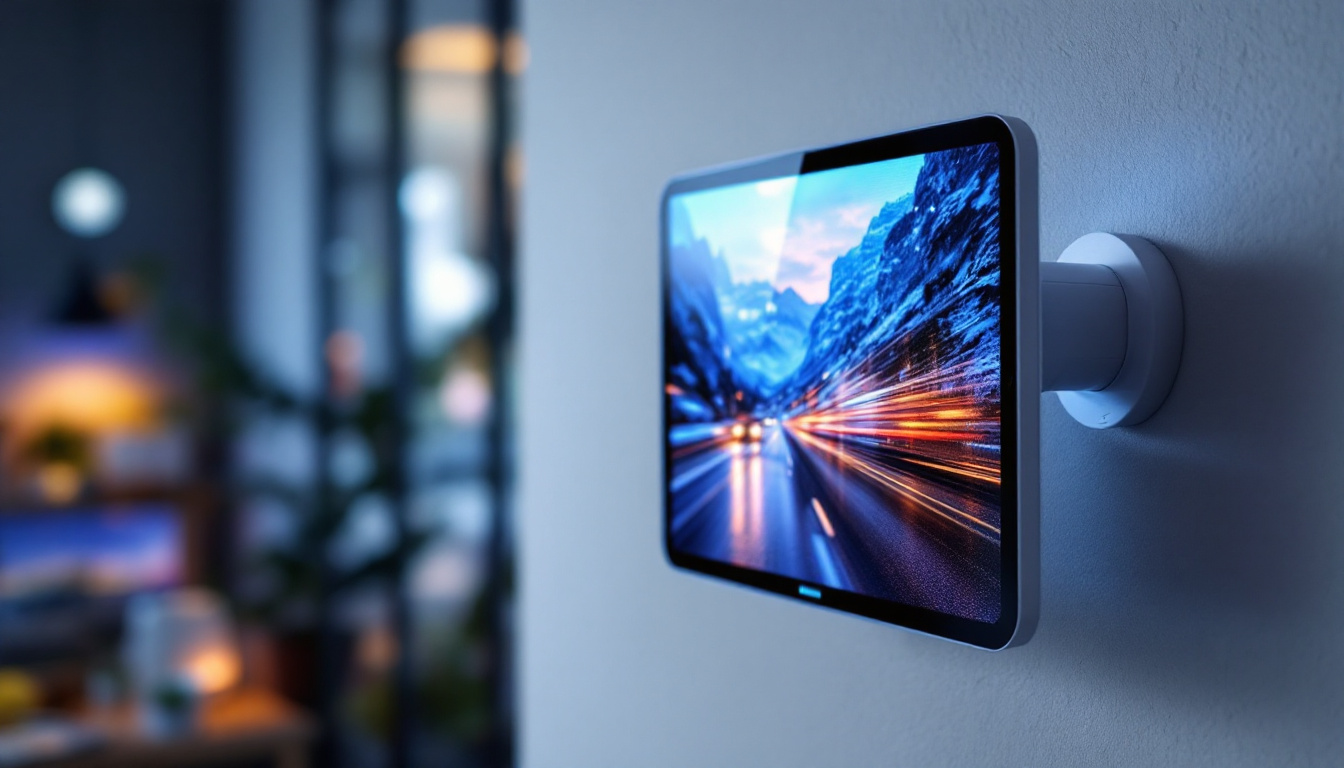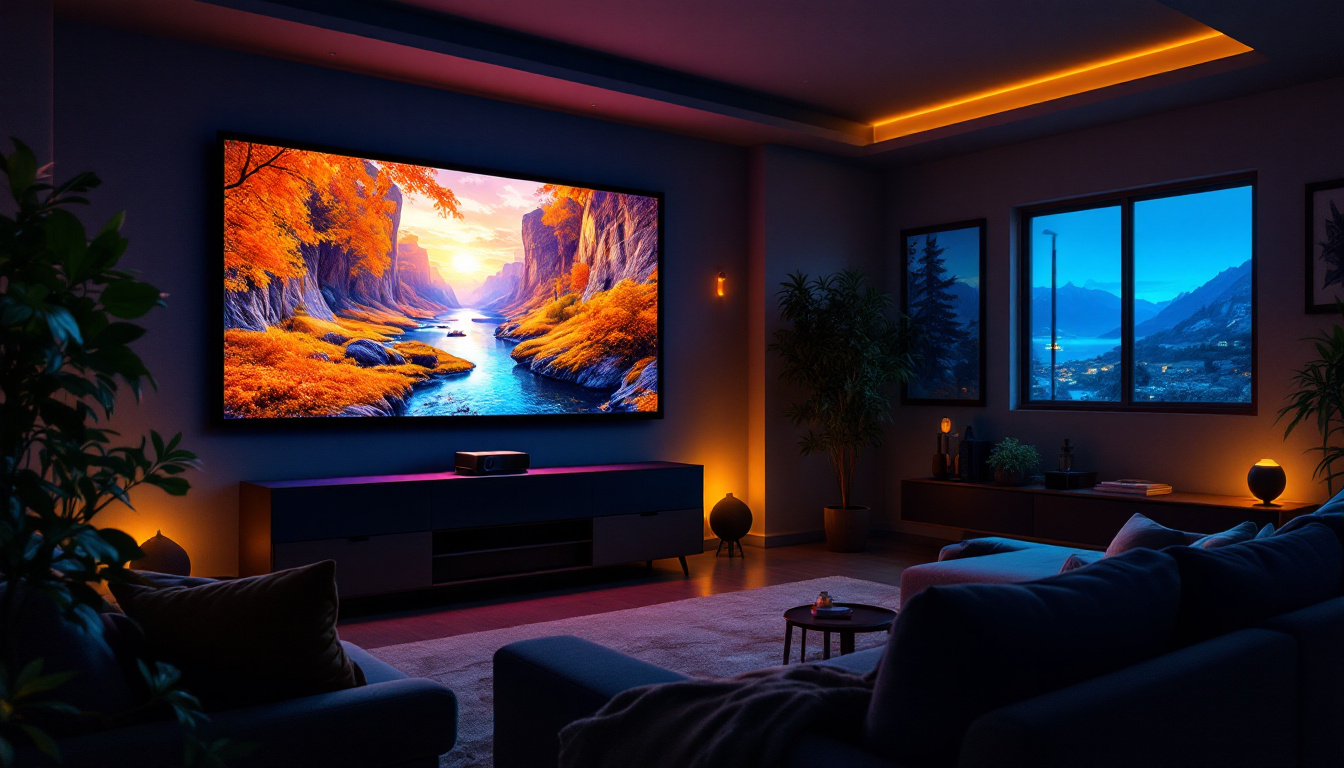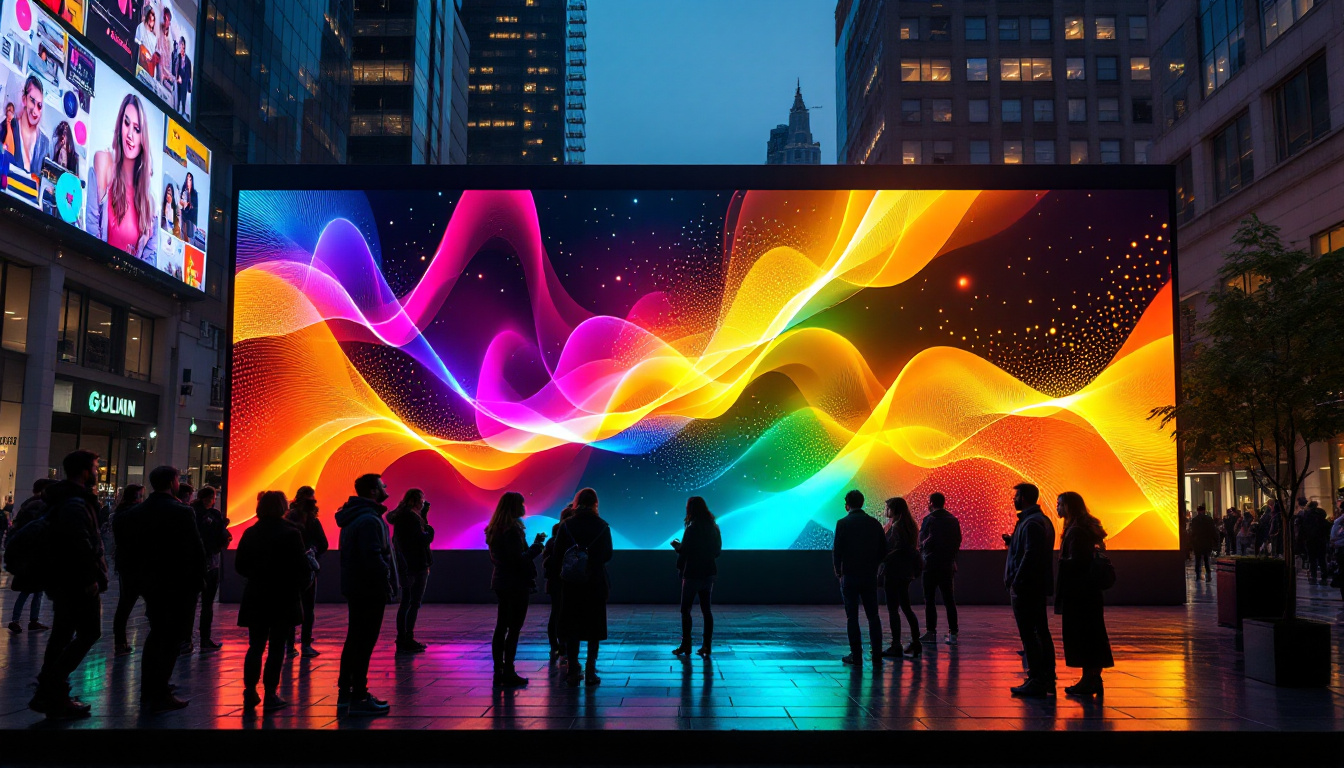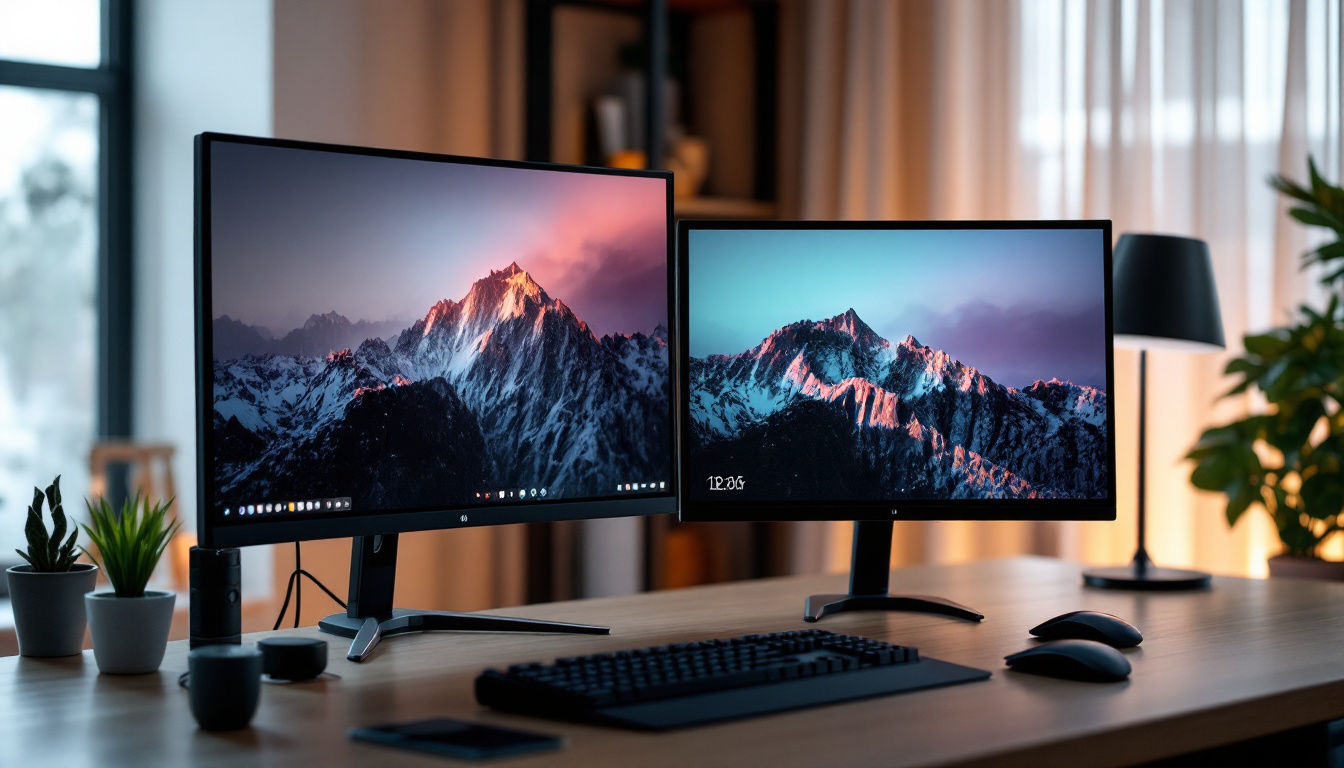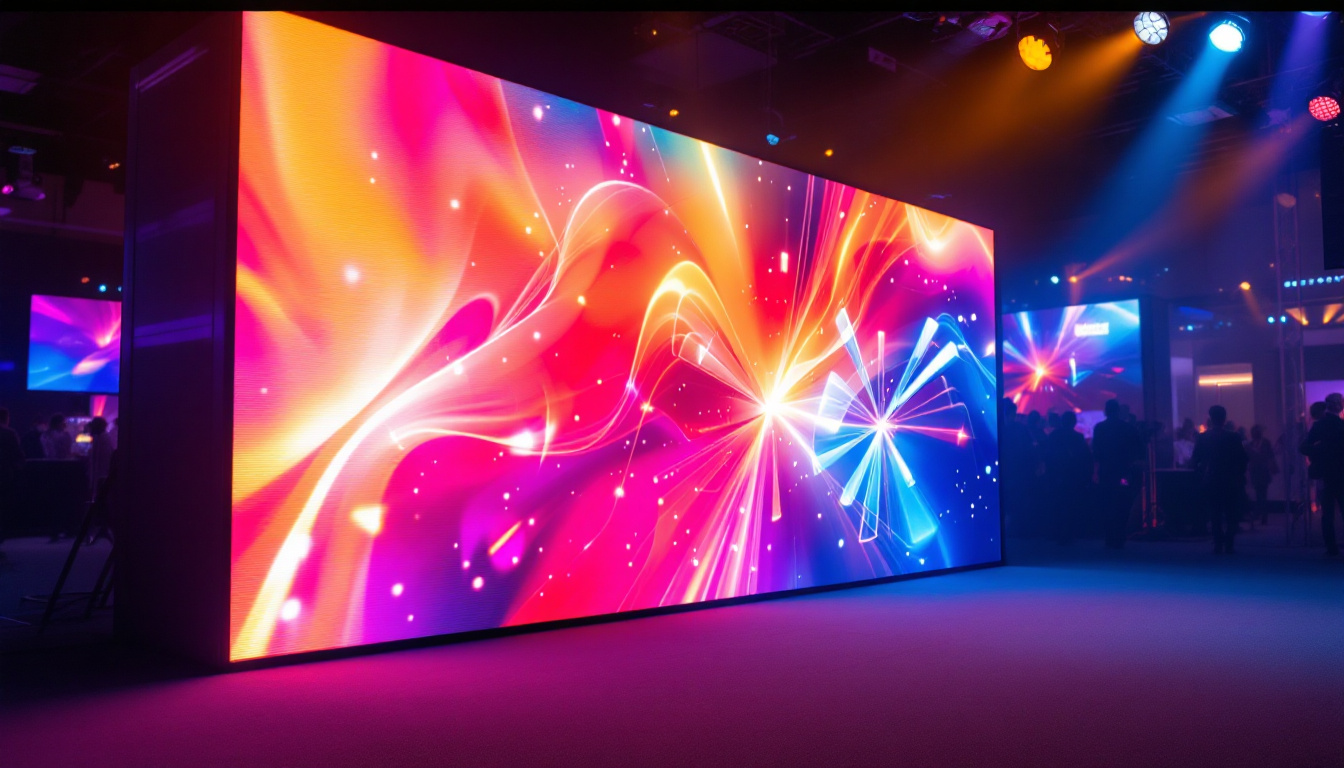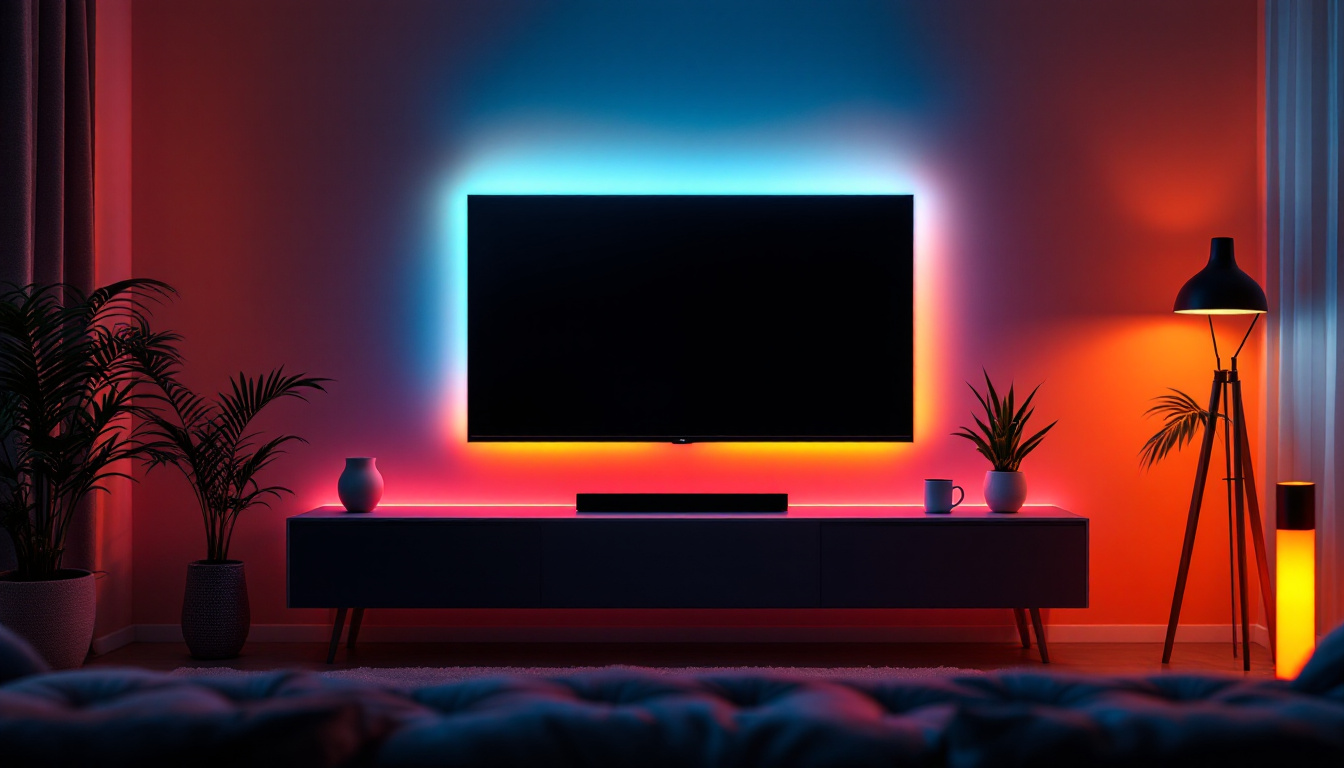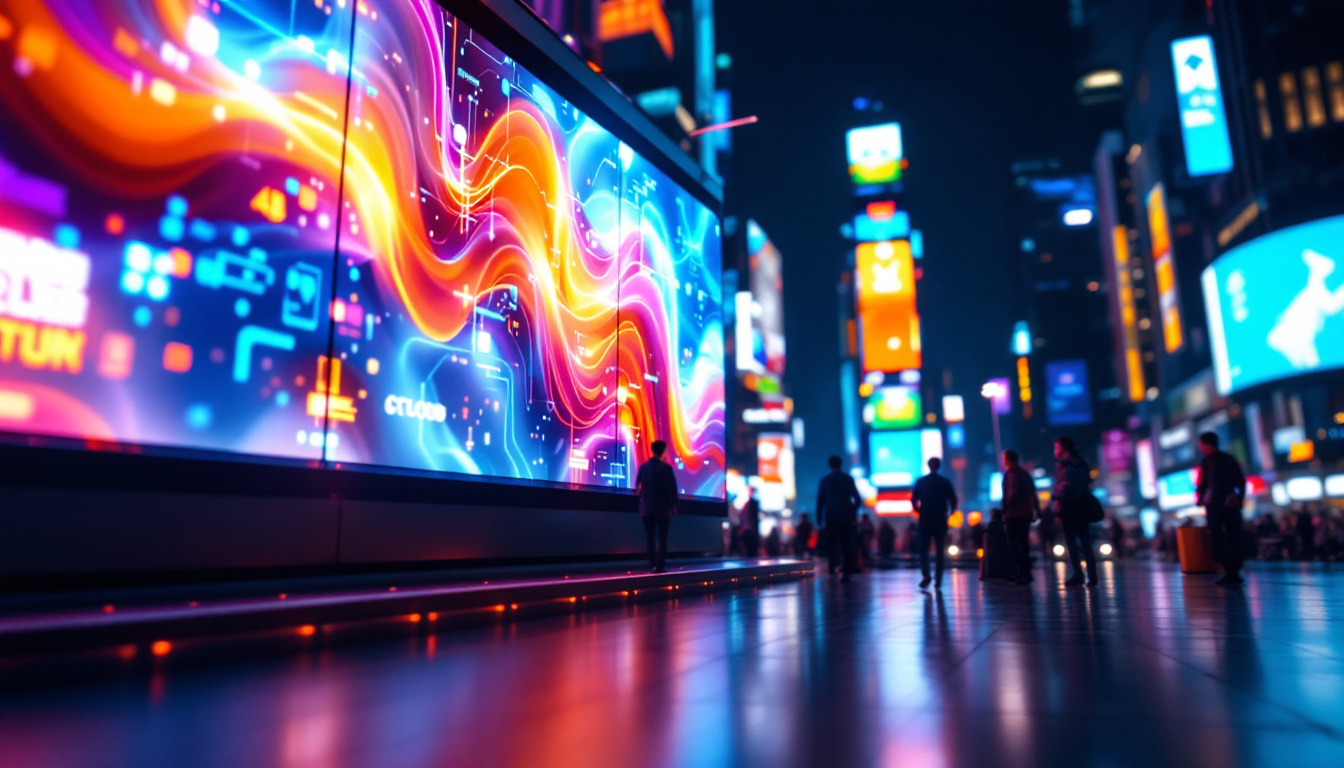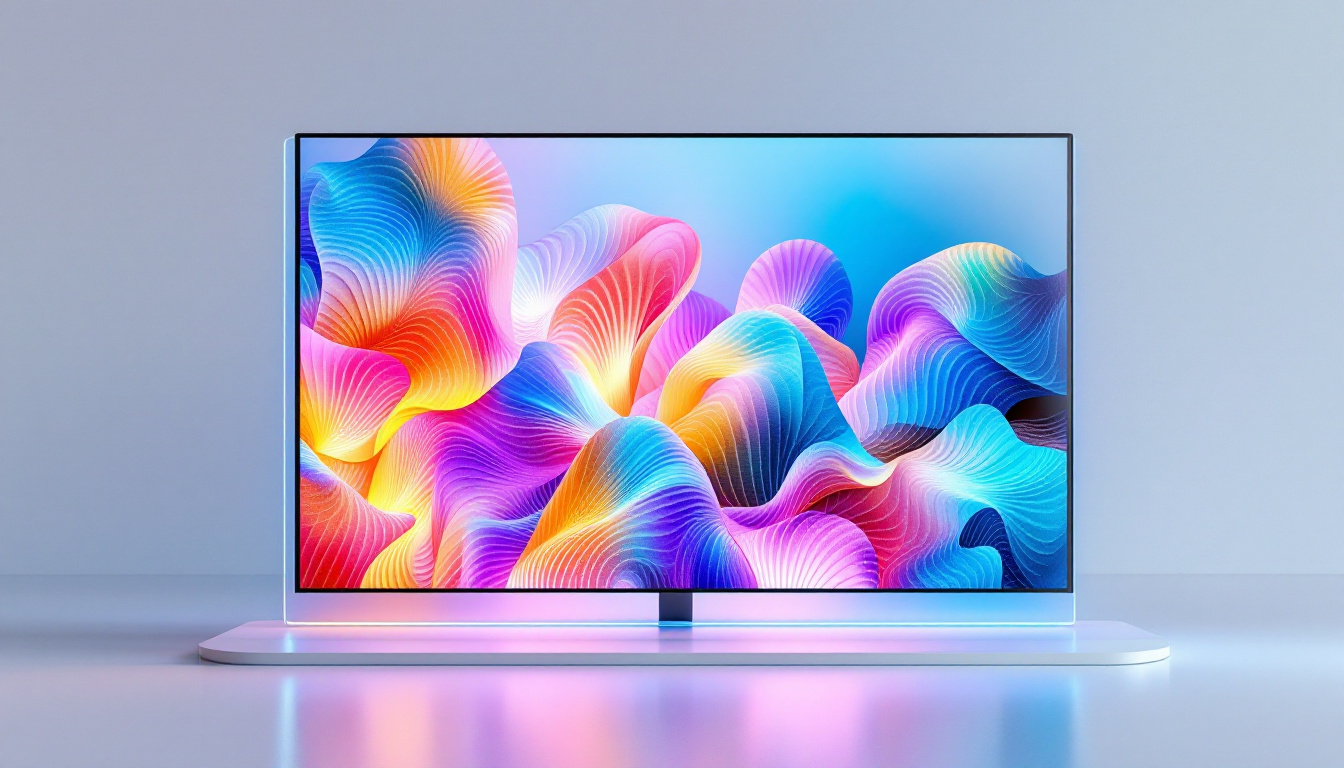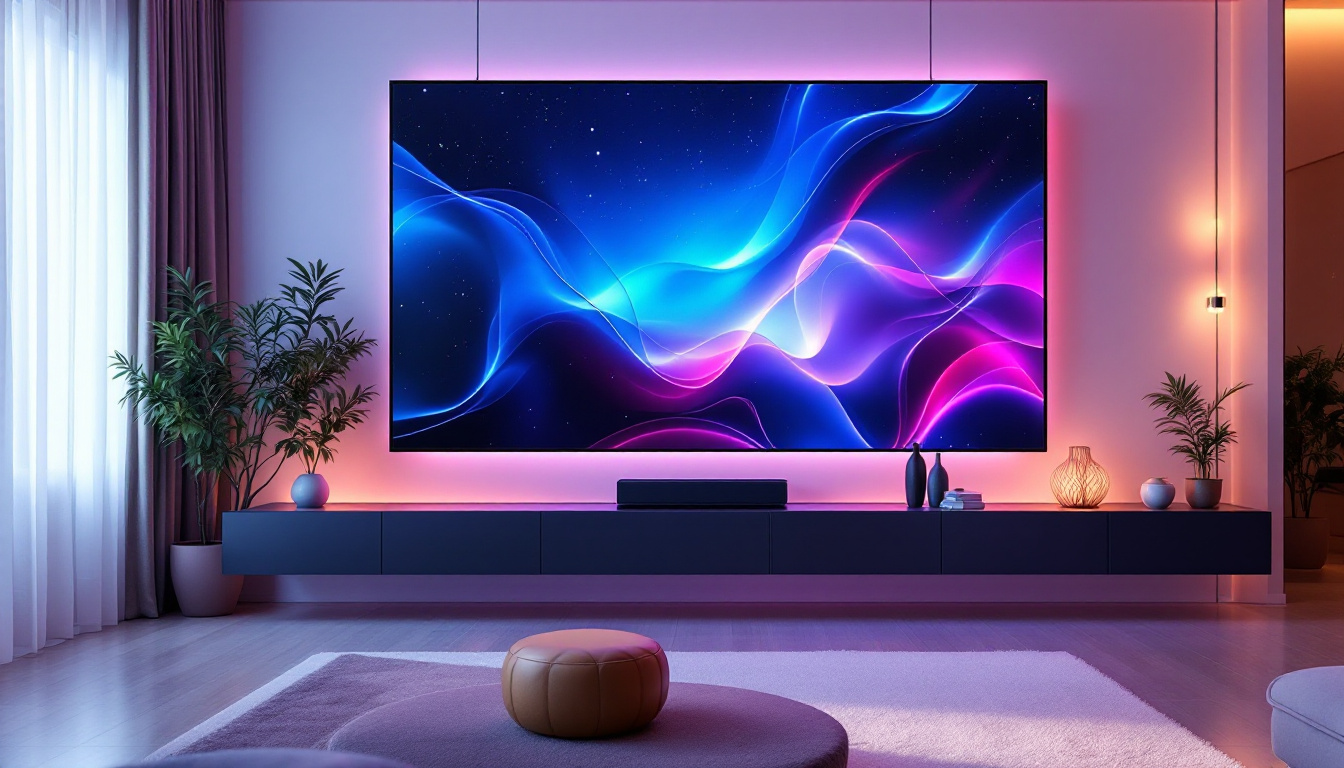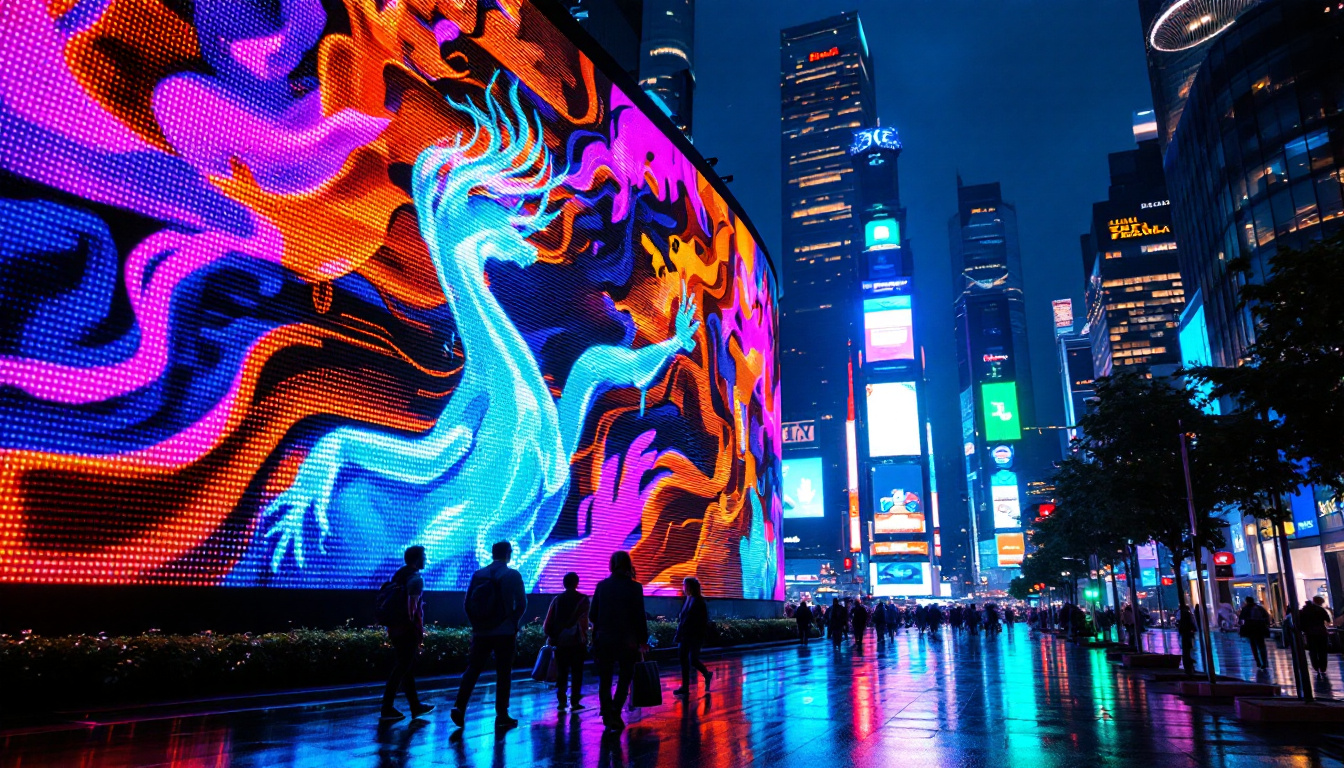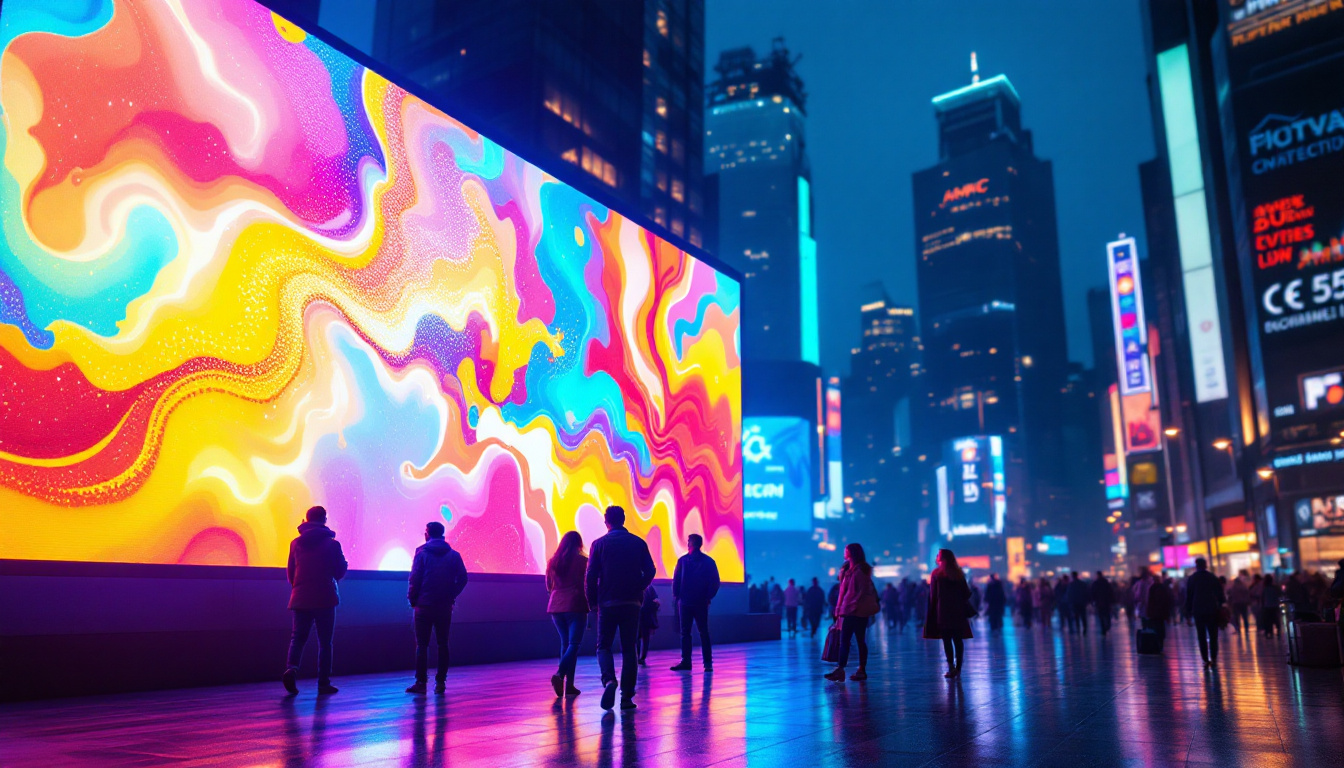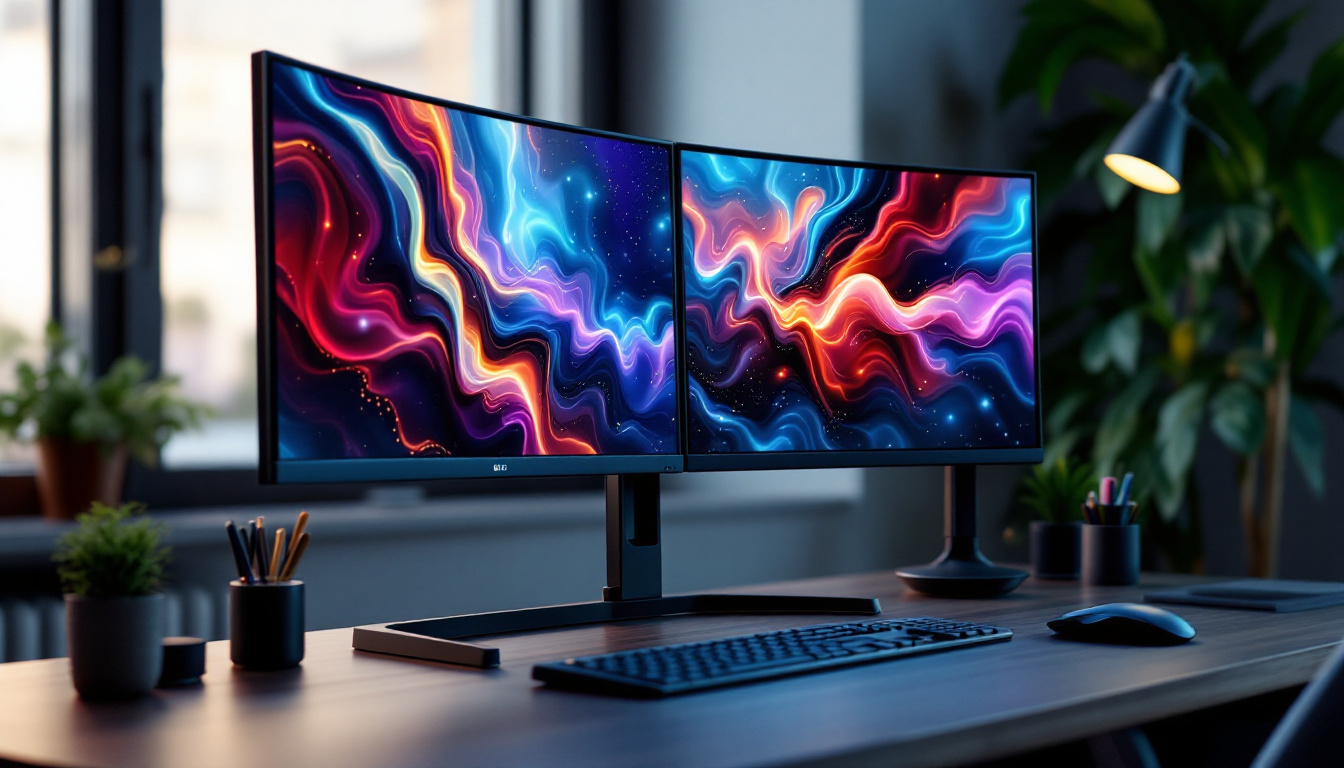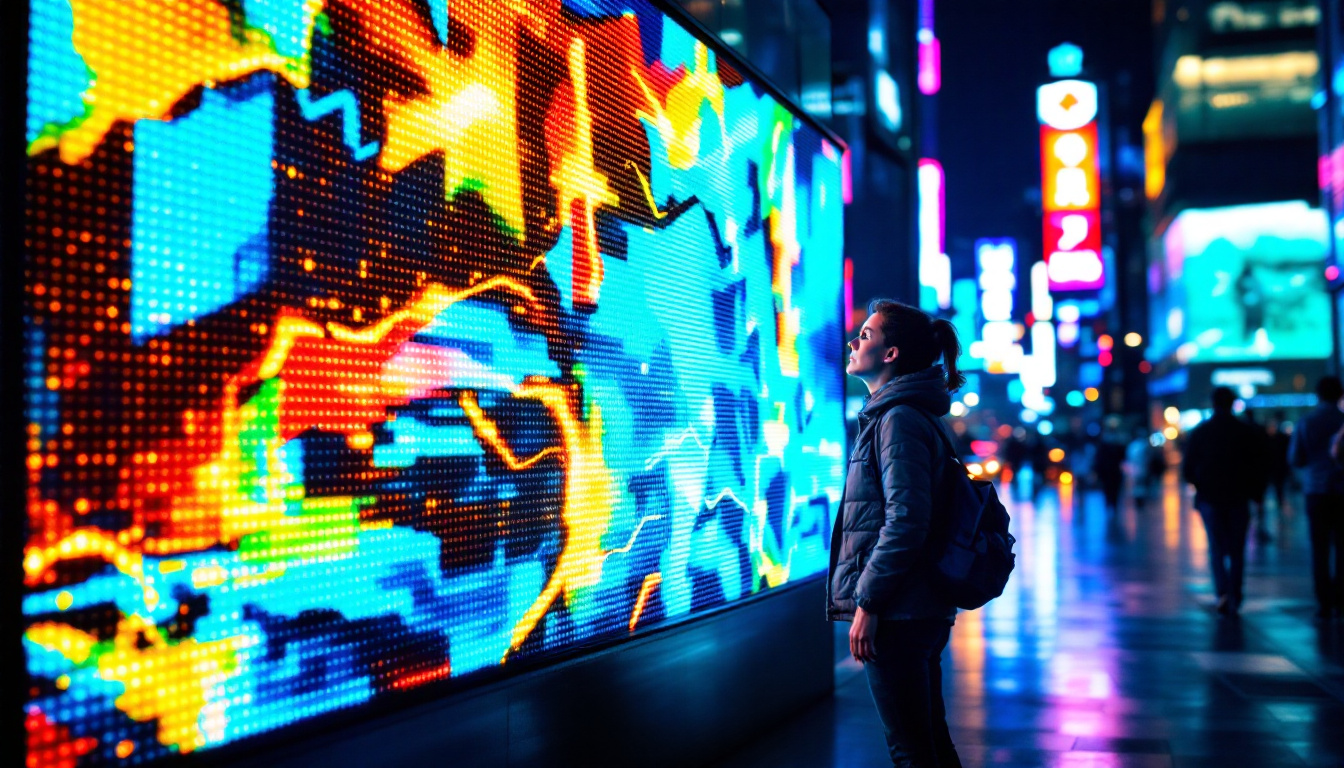In the world of digital advertising and display technology, direct view LED (DVLED) screens have emerged as a leading choice for businesses seeking to captivate their audience. The 163 direct view LED cost is a topic of great interest, particularly for companies looking to invest in high-quality display solutions. This article delves into the intricacies of direct view LED technology, its cost implications, and the factors influencing pricing.
Understanding Direct View LED Technology
Direct view LED displays are made up of numerous small LED modules that are assembled to create a larger screen. Unlike traditional LCD screens, which rely on backlighting, DVLED screens emit light directly from the individual LEDs. This results in brighter images, deeper blacks, and a wider color gamut. The technology has gained traction in various sectors, including retail, events, and public spaces.
Key Features of DVLED Displays
One of the standout features of direct view LED displays is their ability to deliver exceptional image quality. The pixels in DVLED screens are typically closer together than in traditional displays, allowing for higher resolutions and clearer images even at close viewing distances. Furthermore, these displays are known for their durability and longevity, making them a wise investment for businesses.
Another notable feature is their flexibility in size and shape. DVLED screens can be customized to fit various environments, whether it’s a massive outdoor billboard or a sleek indoor installation. This versatility makes them suitable for a wide range of applications, from advertising to information dissemination.
Applications of Direct View LED Displays
Direct view LED displays are utilized in numerous settings. In retail environments, they serve as eye-catching advertising tools, drawing customers’ attention to promotions and products. In corporate settings, they can be used for presentations, enhancing communication and engagement during meetings.
Moreover, DVLED technology is prevalent in sports arenas and concert venues, where large screens enhance the spectator experience. The ability to display high-definition video content in real-time makes these displays ideal for live events.
In addition to entertainment and retail, DVLED displays are increasingly being adopted in transportation hubs, such as airports and train stations. Here, they provide vital information to travelers, including flight schedules, wayfinding, and emergency alerts. Their bright and clear visuals ensure that information is easily readable, even in high-traffic areas or direct sunlight. Furthermore, the integration of interactive features in some DVLED displays allows for a more engaging experience, enabling users to access real-time data and services at their fingertips.
Educational institutions are also leveraging direct view LED technology to enhance learning environments. Classrooms equipped with DVLED screens can display dynamic content, fostering collaboration and participation among students. Whether used for displaying educational videos, interactive lessons, or even virtual field trips, these displays can transform traditional teaching methods into more immersive experiences. The ability to connect with various devices and platforms further enriches the educational landscape, making learning more accessible and engaging for students of all ages.
Cost Breakdown of 163 Direct View LED Displays
When considering a direct view LED display, understanding the cost structure is crucial. The price of a 163 direct view LED display can vary significantly based on several factors, including size, resolution, installation, and additional features. Here’s a closer look at these components.
Size and Resolution
The size of the LED display is one of the primary factors influencing cost. Generally, larger screens will incur higher prices due to the increased number of LED modules required. Additionally, the resolution plays a critical role; higher pixel density (measured in pixels per square meter) results in better image quality but also increases the cost. For example, a 163 display with a pixel pitch of 1.6mm will typically be more expensive than one with a 3.9mm pitch.
Installation and Setup Costs
Installation costs can also significantly impact the overall budget for a DVLED display. Factors such as the complexity of the installation, the location of the display, and any necessary structural modifications can add to the expense. For instance, installing a large outdoor display may require additional weatherproofing measures and structural support, which can drive up costs.
Furthermore, professional installation services can vary in price based on the expertise of the technicians and the geographical location. It is advisable to obtain multiple quotes to ensure a competitive price.
Additional Features and Customization
Many direct view LED displays offer additional features that can enhance functionality but also add to the cost. Features such as advanced content management systems, interactive capabilities, and integration with other technologies can increase the overall investment. Customization options, such as unique shapes or special finishes, can also contribute to higher prices.
Factors Influencing the Cost of Direct View LED Displays
Beyond size, resolution, and installation, several external factors can influence the cost of direct view LED displays. Understanding these factors can help businesses make informed decisions when budgeting for their display solutions.
Market Trends and Demand
The demand for high-quality display technology has surged in recent years, driven by the growth of digital advertising and the need for innovative communication solutions. As demand increases, so too can prices, particularly for cutting-edge technology that offers superior performance and features.
Market trends, such as the introduction of new technologies or materials, can also impact pricing. For instance, advancements in LED technology that improve energy efficiency or image quality may come at a premium initially, but prices may stabilize as the technology becomes more widely adopted.
Supplier and Manufacturer Variability
The choice of supplier or manufacturer can significantly affect the cost of a direct view LED display. Different manufacturers may offer varying levels of quality, warranty, and support, which can influence pricing. It is essential to consider not only the upfront cost but also the long-term value and reliability of the display.
Researching and comparing different suppliers can help identify the best options that align with budgetary constraints while ensuring quality and performance.
Maintenance and Operating Costs
While the initial purchase price is a critical factor, ongoing maintenance and operating costs should also be considered when evaluating the total cost of ownership for a direct view LED display. Regular maintenance is necessary to ensure optimal performance and longevity. This may include cleaning, software updates, and potential repairs.
Additionally, energy consumption is a significant factor in operating costs. DVLED displays are generally more energy-efficient than traditional displays, but it’s essential to evaluate the specific energy requirements of the chosen model to estimate ongoing costs accurately.
Return on Investment (ROI) for Direct View LED Displays
Investing in a direct view LED display can yield significant returns, particularly when considering the enhanced visibility and engagement they provide. Businesses that utilize DVLED technology often see an increase in foot traffic, brand awareness, and customer engagement, leading to higher sales and revenue.
Increased Visibility and Engagement
The vibrant colors and high brightness levels of direct view LED displays make them highly visible, even in bright daylight. This visibility can attract more customers and enhance brand recognition. Additionally, the ability to display dynamic content, such as videos and animations, can engage viewers more effectively than static displays.
Studies have shown that businesses utilizing digital signage experience increased customer dwell time and interaction, ultimately translating to improved sales performance.
Long-Term Cost Savings
While the initial investment in a DVLED display may be higher than traditional signage, the long-term cost savings can be substantial. The durability and longevity of LED technology mean that businesses can expect a longer lifespan compared to other display types, reducing the need for frequent replacements.
Moreover, energy efficiency can lead to lower utility bills, further contributing to cost savings over time. When considering the total cost of ownership, the ROI for direct view LED displays can be quite favorable.
Choosing the Right Direct View LED Display
With various options available, selecting the right direct view LED display for a specific application can be daunting. However, by considering several key factors, businesses can make informed decisions that align with their goals and budget.
Assessing Business Needs
Before investing in a DVLED display, it is crucial to assess the specific needs of the business. Considerations such as the intended use of the display, the target audience, and the environment in which the display will be installed can guide the selection process. For instance, a display intended for outdoor use will require different specifications than one for indoor use.
Additionally, understanding the type of content that will be displayed can influence the choice of resolution and size. High-resolution displays are ideal for detailed images and videos, while lower resolutions may suffice for simple messaging.
Budget Considerations
Establishing a clear budget is essential when selecting a direct view LED display. This budget should encompass not only the purchase price but also installation, maintenance, and operating costs. By having a comprehensive understanding of the total investment, businesses can avoid unexpected expenses and ensure they remain within budget.
It may also be beneficial to explore financing options or leasing arrangements, particularly for larger displays that may require a significant upfront investment.
Consulting with Experts
Engaging with industry experts can provide valuable insights and guidance when selecting a direct view LED display. Consultants can help businesses navigate the complexities of the technology, assess their needs, and identify the best options available in the market.
Additionally, many manufacturers and suppliers offer consultation services that can assist in the decision-making process, ensuring that businesses choose a solution that meets their requirements and budget.
Conclusion
The 163 direct view LED cost is a multifaceted topic that encompasses various factors, including technology, size, resolution, and installation. Understanding these elements is essential for businesses looking to invest in high-quality display solutions that enhance visibility and engagement.
As the demand for digital signage continues to grow, direct view LED displays offer a compelling option for businesses seeking to elevate their marketing efforts and improve customer interaction. By carefully assessing needs, considering budgetary constraints, and consulting with experts, organizations can make informed decisions that lead to successful outcomes.
In the end, the investment in a direct view LED display can yield significant returns, making it a worthwhile consideration for businesses aiming to thrive in a competitive landscape.
Discover LumenMatrix LED Display Solutions
Ready to take your business’s visual impact to the next level? LumenMatrix is at the forefront of LED display innovation, offering a comprehensive range of solutions tailored to your unique needs. From vibrant Indoor and Outdoor LED Wall Displays to dynamic Vehicle and Sports LED Displays, our technology is designed to captivate and engage your audience. Experience the difference with our Custom, All-in-One, and Transparent LED Displays, and let us help you communicate your message with unparalleled clarity. Check out LumenMatrix LED Display Solutions today and transform your space into a visual spectacle.


